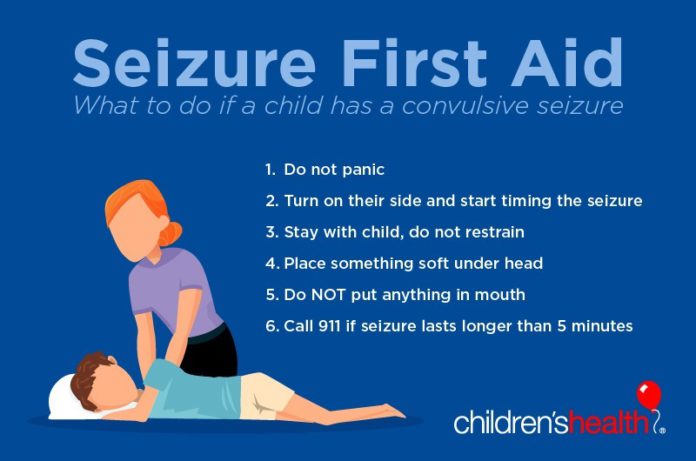Witnessing someone with epilepsy having a seizure can be truly frightening. But most seizures aren’t an emergency. They stop on their own with no permanent ill effects.
There are simple steps you can take to protect someone from harm during a seizure. It’s worth knowing some basic first aid — and when it’s time to call 112.
Types of Seizures, Degrees of Danger
Some are more dangerous than others. There are two main types:
Focal onset seizures start in a single part of the brain. Their arm might start to move or their face start to twitch. And even though they’re awake and aware, they can’t control it. They might seem to zone out or stare at nothing as the seizure becomes complex. Afterward, they may not remember a thing.
Generalized seizures involve multiple areas of the brain at once. People are rarely aware of what’s happening. The most well-known type falls in this group: the generalized tonic-clonic seizure, also known as a grand mal seizure. These are frightening to watch and can be an emergency.
They have a set sequence of events:
- The person may become unresponsive. They don’t answer if you call. They won’t react if you wave a hand in their face or shake them. They may suddenly collapse.
- Their muscles clench and they become rigid as a board. This is the tonic phase. It lasts a few seconds.
- Next, a series of jerking movements convulse their body. This is the clonic phase. It can last a few seconds or several minutes.
- Eventually, the jerking stops and they regain consciousness. They may be confused or disoriented for a short period.
Any generalized seizure can be dangerous because the person is unaware of their surroundings and can’t protect themselves from harm. The uncontrolled thrashing movements during a generalized tonic-clonic seizure increase the chances of injury. This type is most likely to result in a trip to the emergency room.
Milder seizures — like brief periods of staring or shaking of the arms or legs — aren’t emergencies. But you should gently guide the person away from threats. They may be in a state like sleepwalking, where traffic or stairs pose a danger. All seizure activity should be reported to their doctor.
First Aid
Seizure first aid is a matter of taking precautions. You’re most likely to need it for a generalized tonic-clonic seizure.
- Keep other people out of the way.
- Clear hard or sharp objects away from the person.
- Don’t try to hold them down or stop the movements.
- Place them on their side, to help keep their airway clear.
- Look at your watch at the start of the seizure, to time its length.
- Don’t put anything in their mouth. Contrary to a popular myth, you can’t swallow your tongue during a seizure. But if you put an object in their mouth, they could damage their teeth or bite you.
Call 112 if the person has difficulty breathing or waking after the seizure or if the seizure lasts longer than 5 minutes.
Rescue Medications/Treatments
There are medicines and treatments that can be used in specific situations. Referred to as “rescue medications,” they do not take the place of daily medications and should only be used to help stop a seizure quickly in emergency situations. Depending on the circumstance, they can be administered:
- Nasally: Sprayed up the nose
- Orally: Swallowed in pill form
- Sublingually: Placed under the tongue to dissolve
- Buccally: Placed between the cheek and the gum to dissolve
- Rectally: Given via a gel through the anus
The most commonly used medications are benzodiazepines because they get into the bloodstream quickly to start working on the brain to stop the seizure. They include:
- Diazepam – given orally (if the person is awake),
- Midazolam – can be given nasally (Nayzilam), buccally, orally
Talk to your health care provider about a seizure action plan and what the best response should be for the type of seizures you experience.
Call 112 if the person has difficulty breathing or waking after the seizure or if the seizure lasts longer than 5 minutes.

